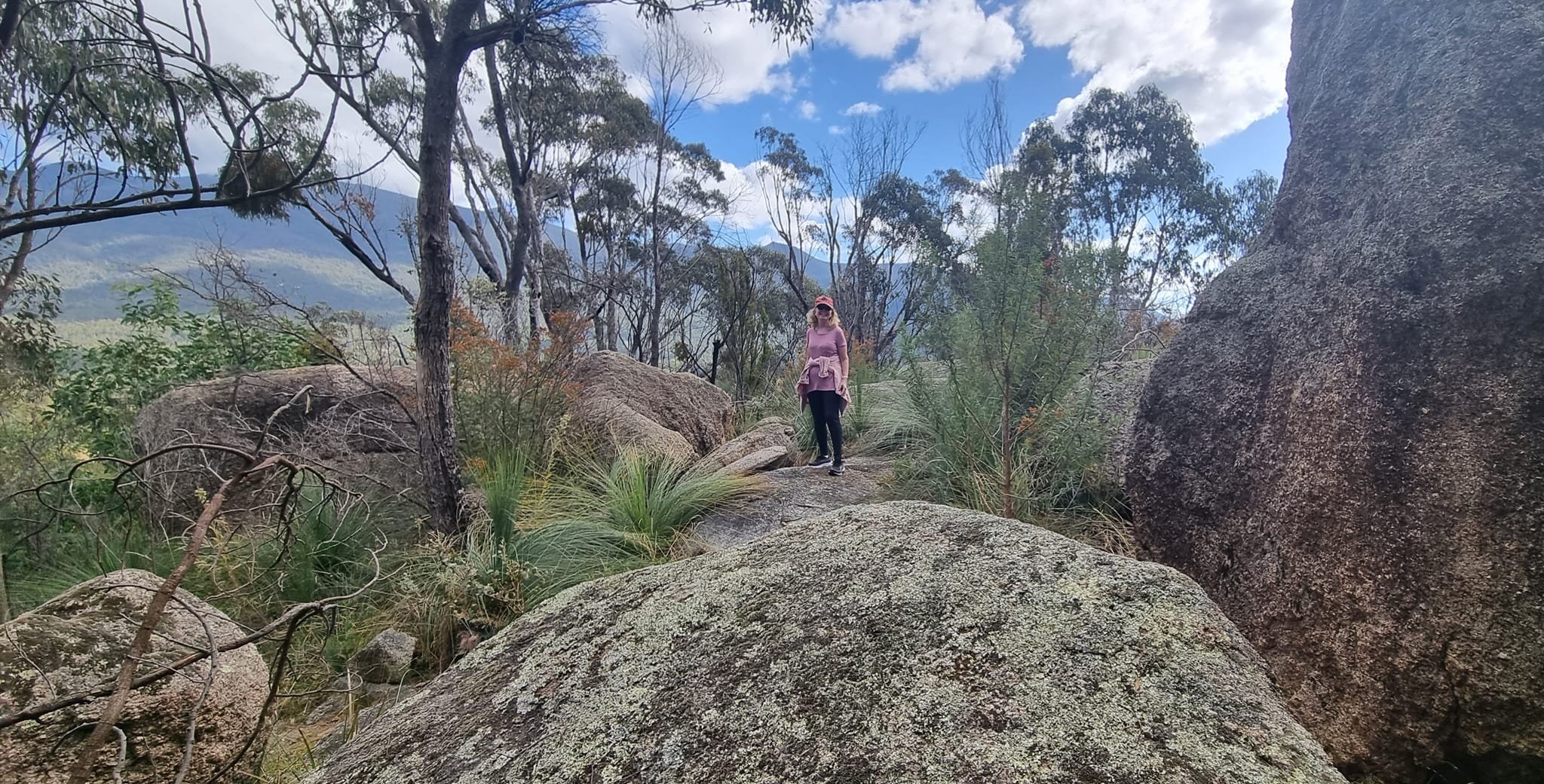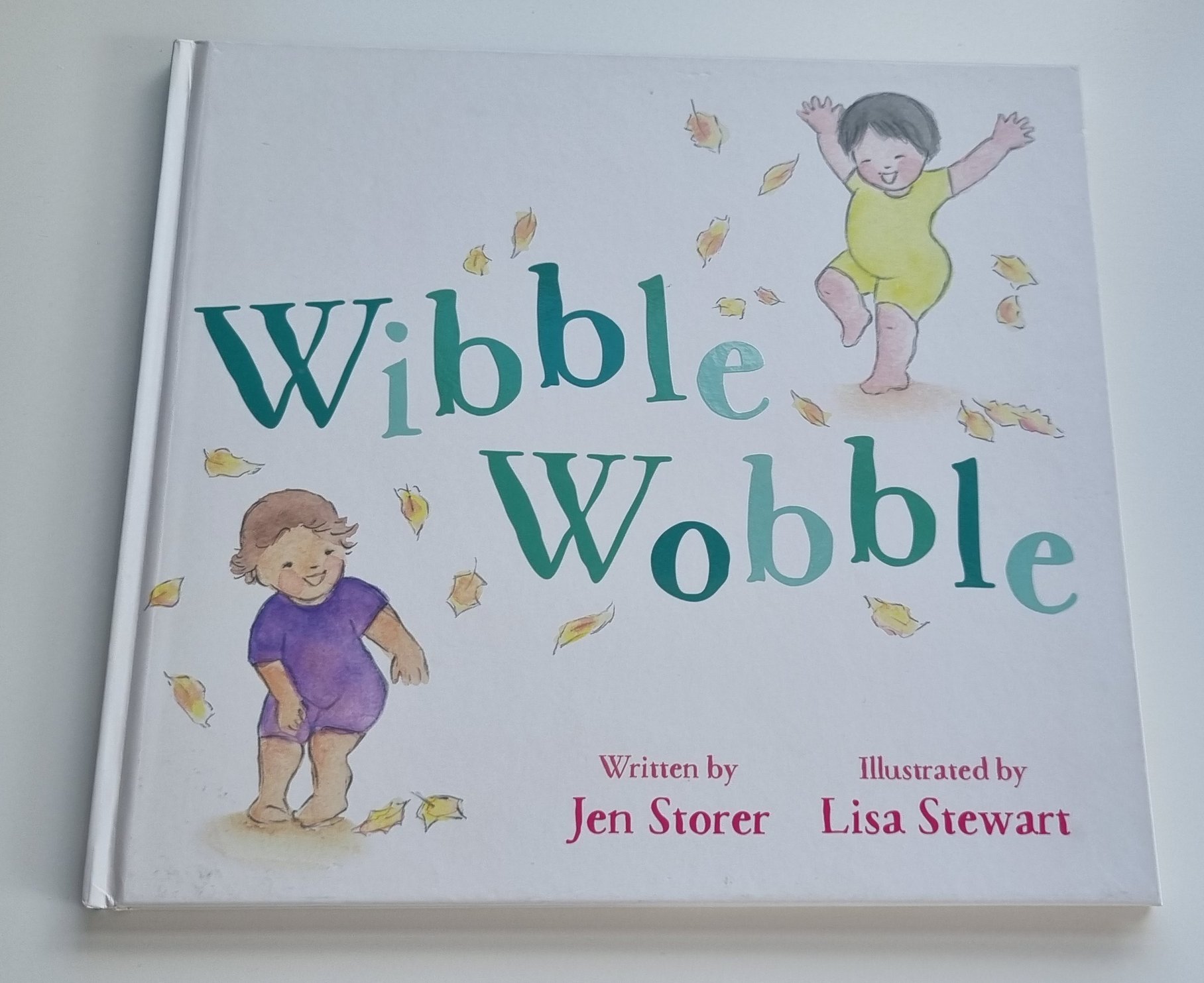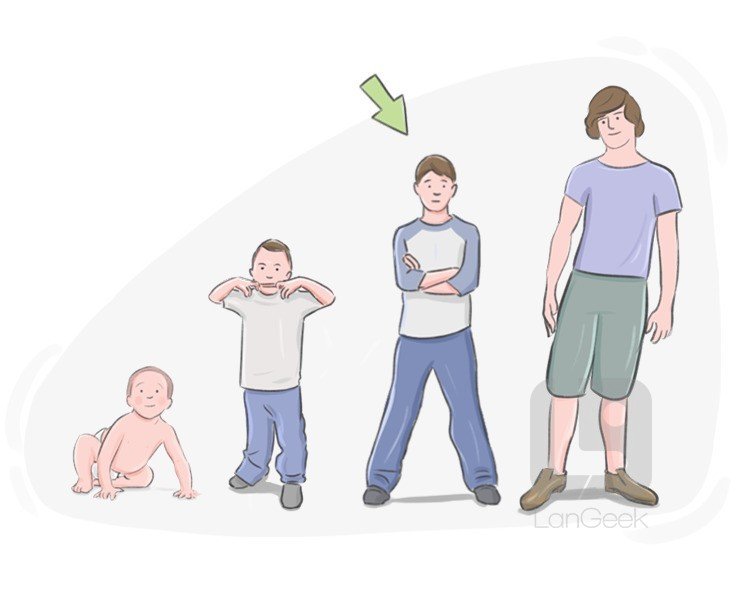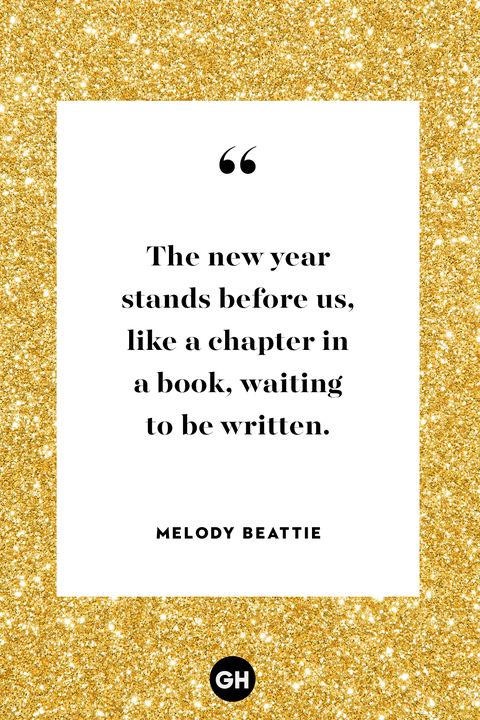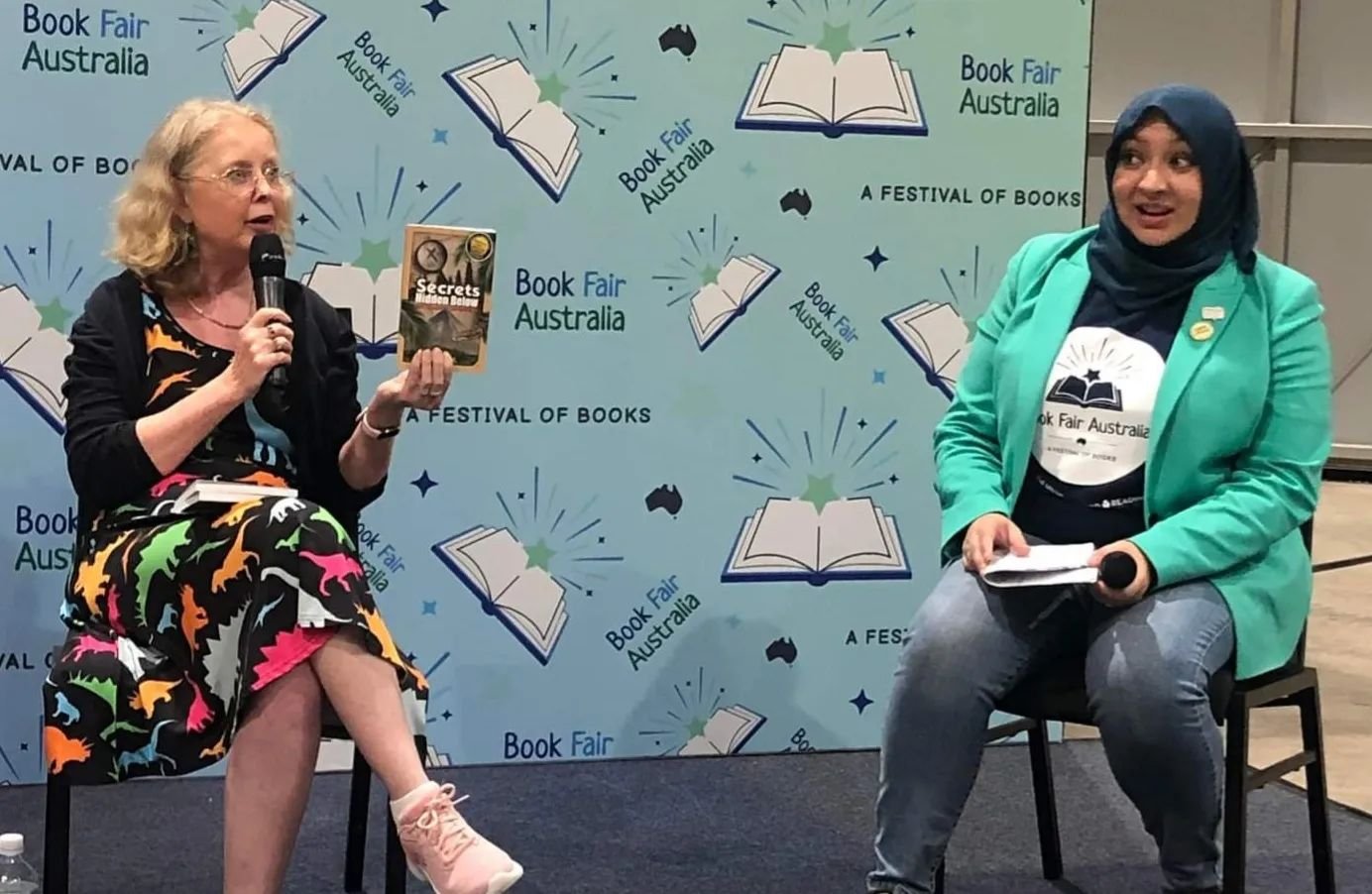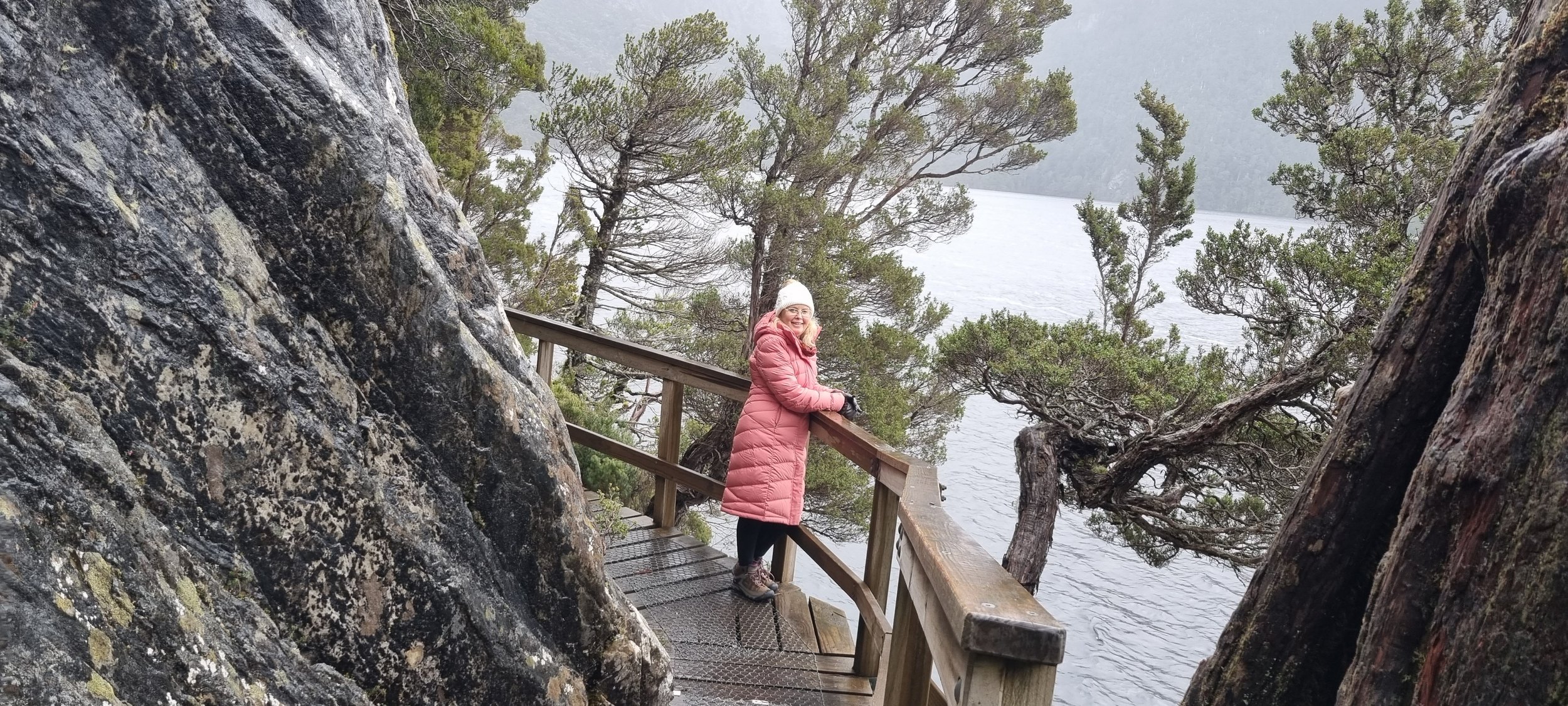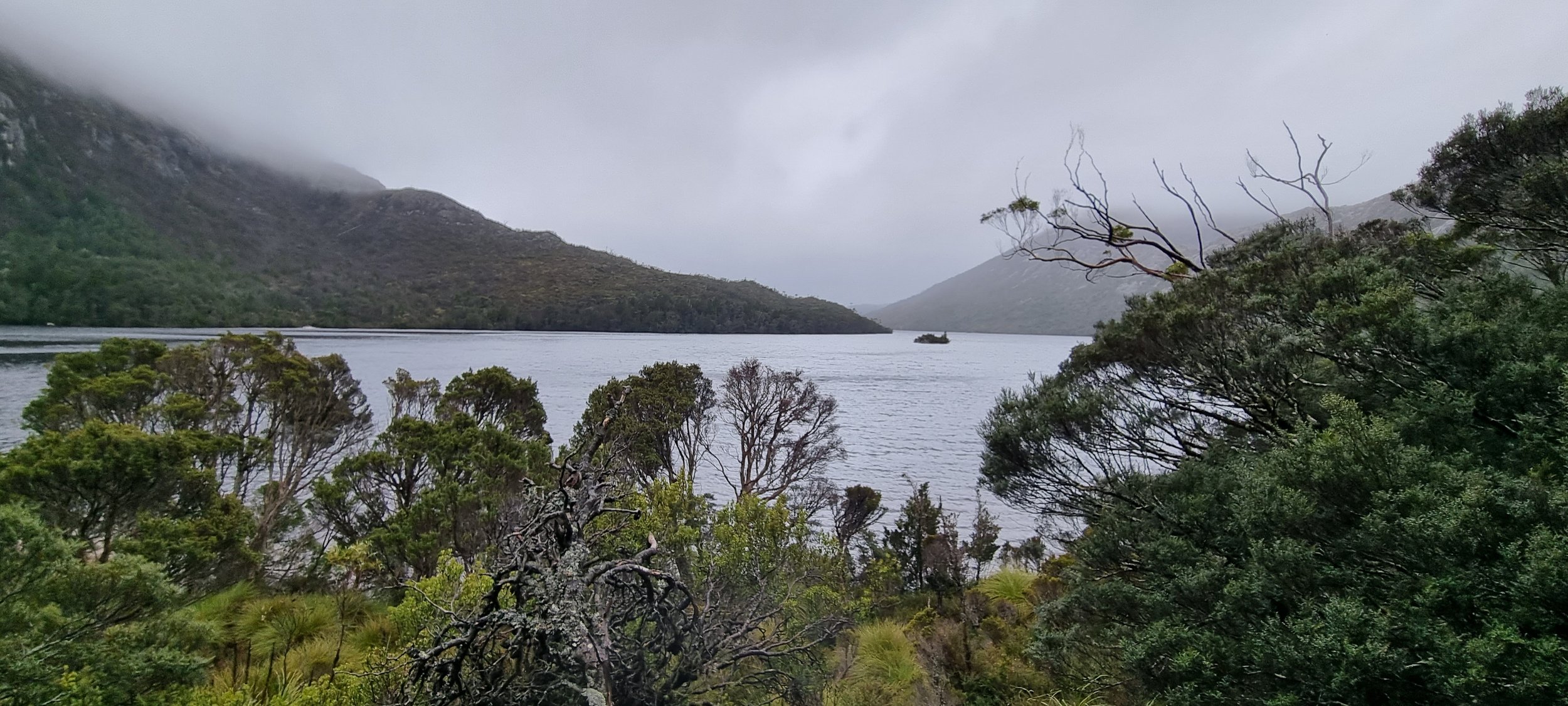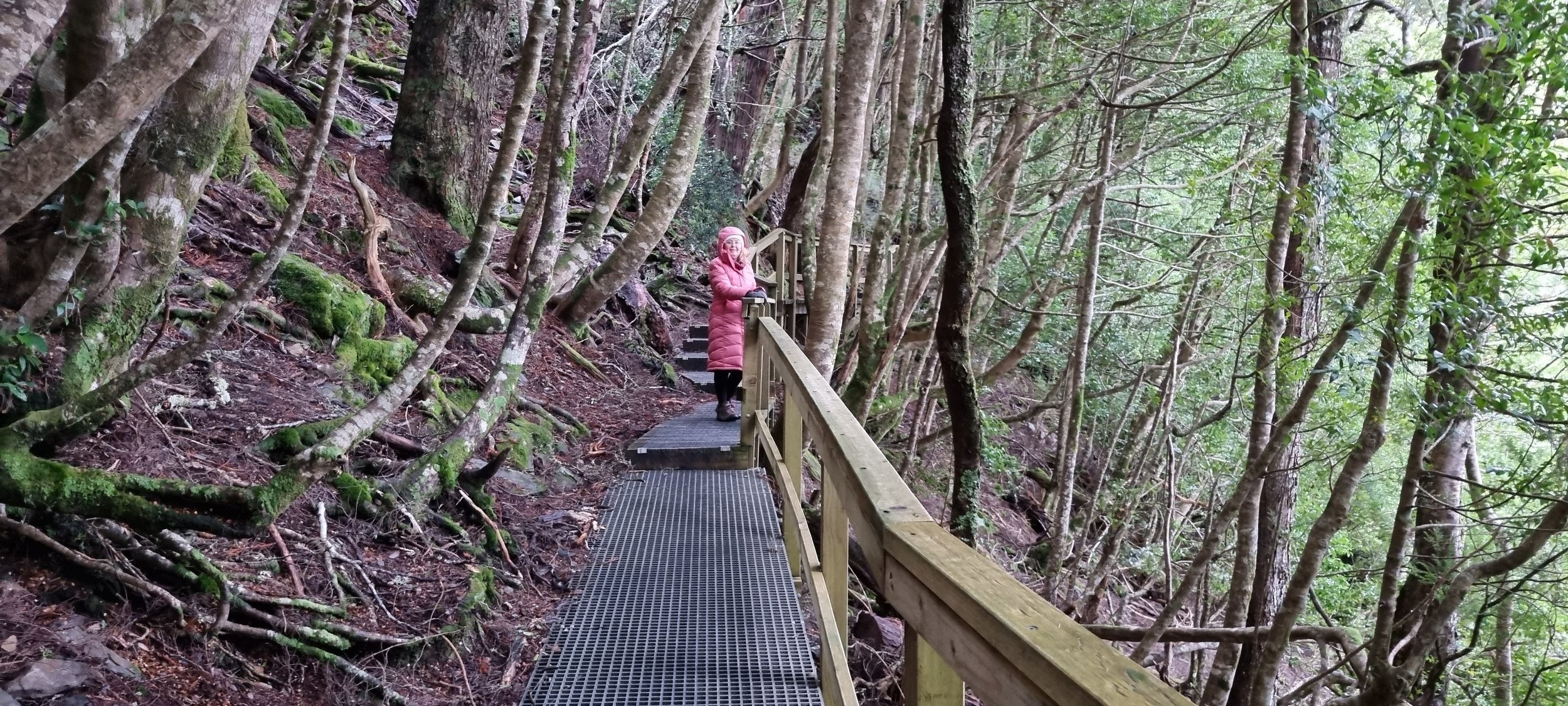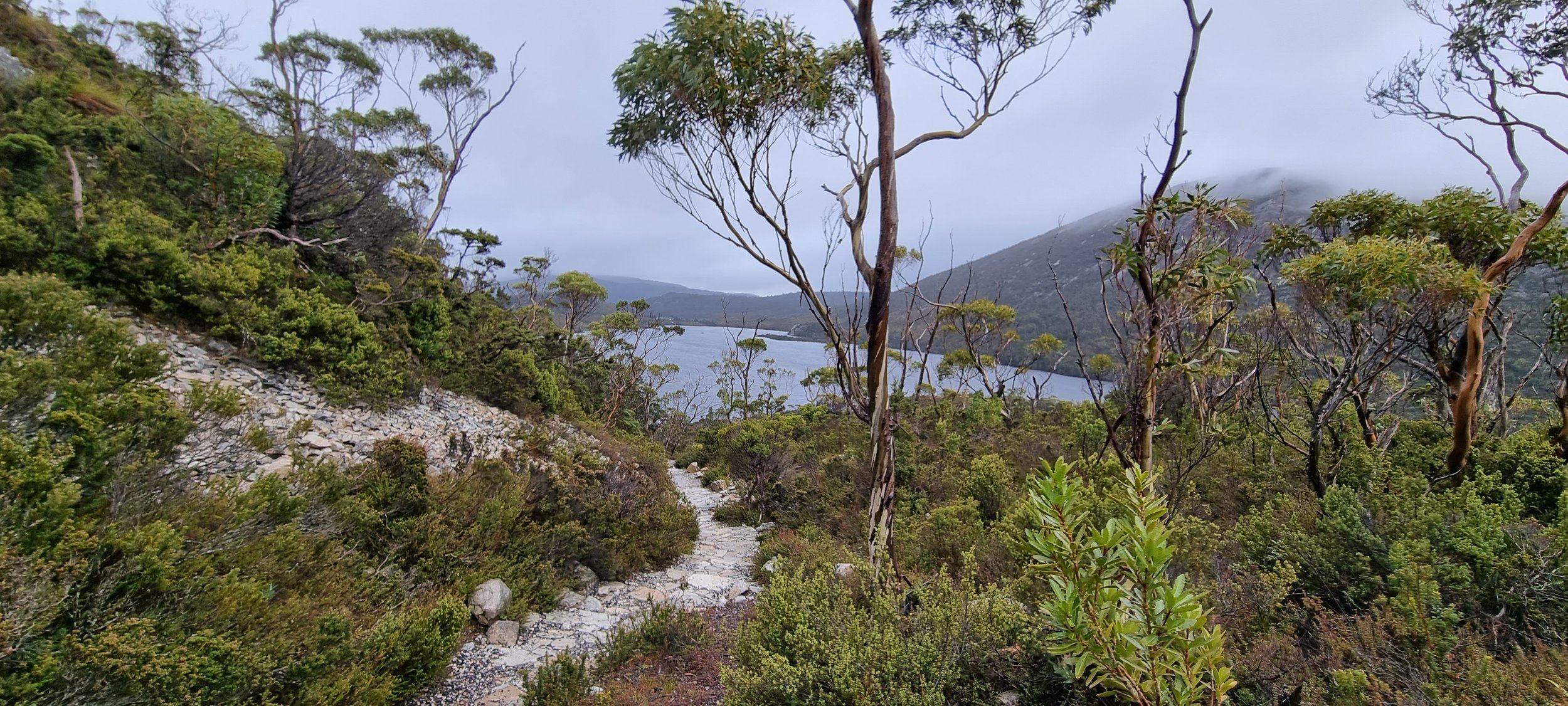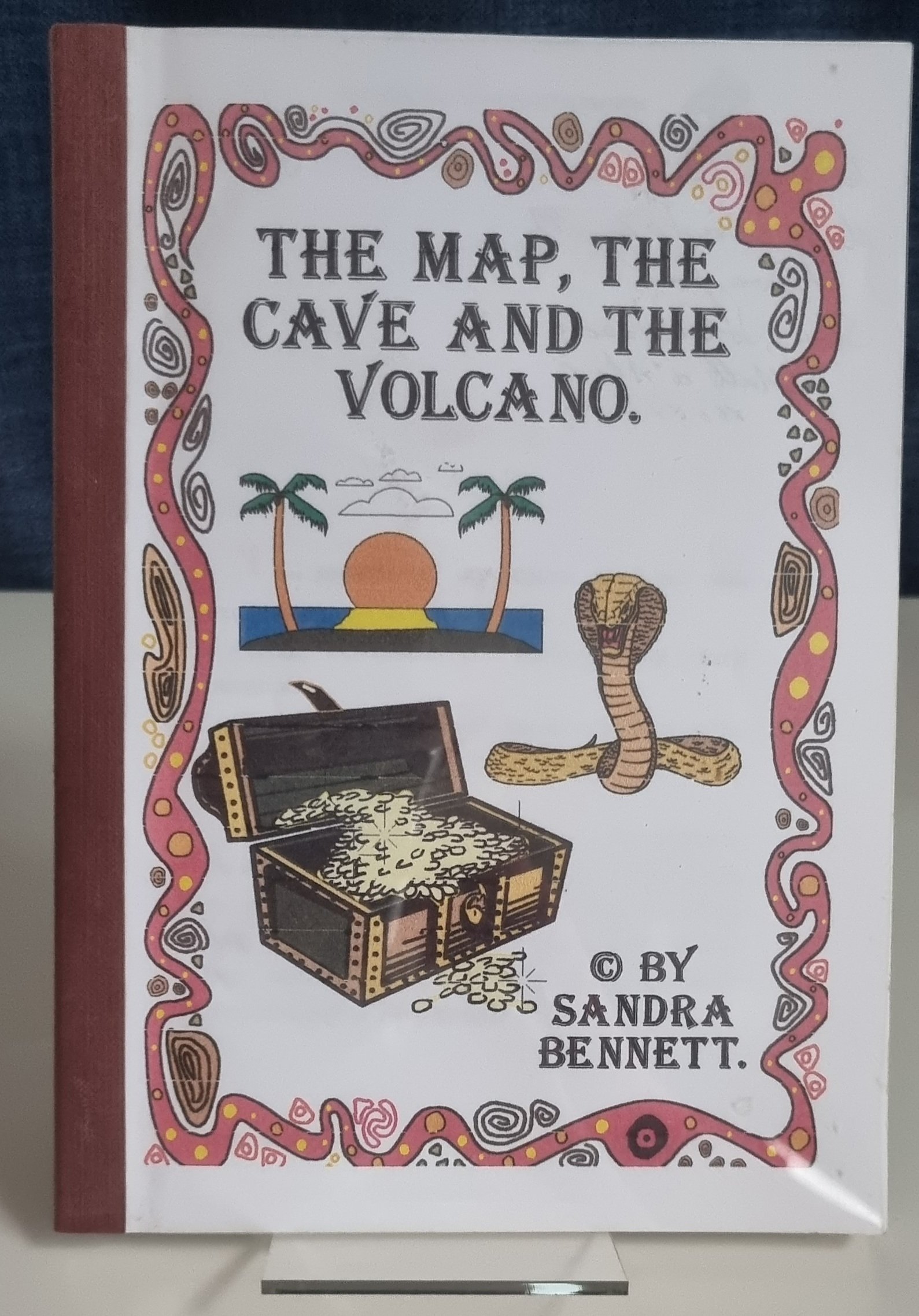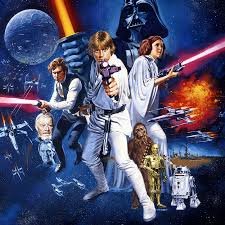I have had this question posed to me a few times lately. Most recently by an author friend who sent me a questionnaire to help her write her next non-fiction book. My response to this question was probably a little too brief as I answered it in one sentence. I thought about it a little more deeply and decided it was worthy of further explanation.
My initial response was simply - Inspiration comes from everywhere, nature and the environment, my grandkids, holiday destinations, conversations and interacting with children generally. Let’s unpack these a little more in depth.
But first, I think the real question must include - why? Why do you feel the need to write is an intrinsic part of the inspiration. Once you know your why, inspiration will find you. My why, is obviously for me, children. My passion to help children want to learn and read started way back when I was still a student. The joy of children’s books has never left me and wanting to share that enthusiasm with kids is overwhelming. As a teacher I always preferred to focus on literacy in all its forms even though I recognised the importance of all subjects and providing a rounded education. My belief is that to fully comprehend anything, the basic tools of learning stem from a love of reading. If I can foster that love of reading in children through my books then I hope to have done my part in building the next generation of creative thinkers and innovators. Just thinking about helping one child want to learn to read is my inspiration for writing.
Now let’s consider those other parts of my inspiration for writing.
Tidbinbilla Nature Reserve, is one of my favourite bush walking areas.
I could sit here for ages taking in the sights, smells, and sounds.
Nature and the Environment.
While I grew up in the southern suburbs of Sydney, somehow, living in the country seemed inevitable. I love being out in nature and able to take long walks through the bush on a daily basis. Feeling a part of nature is grounding. The clean air is refreshing and the sounds of the bush is exhilarating yet calming. A daily walk helps me clear my mind and think about plot holes, structure, character, mischief and new ideas. Observing the birds and wildlife creates ideas for many of my stories. When I want to describe an outdoor scene, I like to use all my senses, nature and the environment is an integral part of the writing process. Walking suburban streets isn’t quite the same, there are too many other noises to filter out. Although, they can be great for character studies. I like to write adventures and take my characters to unusual settings that the average reader does not usually get to experience.
It’s my love of nature that has inspired me to write book 4 in my Adamson Adventures. When hubby and I were newly weds, we embarked on a six month work position in Hobart, Tasmania. I fell in love with the beauty of its natural environment and always hoped to return someday when we had the time to explore many of the bushwalks it had to offer. Fast forward some thirty plus years later and we finally revisited the beauty of Tasmania last year. I planned many amazing walks and loved every one of them. The next book could finally be written.
My two picture books, ‘Emma the Eager emu,’ and ‘Frazzled Freya’ both came from watching wildlife. Initially observing the native birds and lizards that frequent my garden, then considering other creatures that I have seen during various trips around Australia.
Holiday Destinations.
By now, if you have read any of my previous books, you will know, that the setting is an integral part of the journey. Unique or different places often inspire my thoughts for story as I like to grab my readers attention by giving them an opportunity to travel in the comfort of their own personal favourite reading place. A good story can take the reader to wherever their imagination wants to go without leaving the comfort and security of their own home.
The inspiration for ‘Secrets Hidden Below,’ came from a family holiday in Bali. I couldn’t find a book that would take kids on an adventure around this beautiful and exotic location, so I decided to write it myself.
The inspiration for ‘A Lighthouse In Time,’ came from our annual camping holidays at the beach. We found an old ruined lighthouse and I always knew there had to be a ghost story written around it. I love lighthouses, their mystery and history is fascinating, and I knew kids would feel the same.
Tanah Lot Temple Bali, is one of the places I take my readers to on their adventure in ‘Secrets Hidden Below.’
The old ruined lighthouse at Cape St George was the inspiration for ‘A Lighthouse In Time.’
Grandkids and Children in General.
The inspiration for ‘Fossil Frenzy,’ is a combination of nature, holidays and children. From my eldest son who has had a passion for rocks and fossils since he was five years old, to my grandson’s fascination with dinosaurs, the inspiration for this story was inevitable. Once I incorporated a trip to outback Queensland to see the dinosaur museum with all the incredible fossils in their natural environment, my inspiration was so enthusiastic, I couldn’t wait to start writing.
The Age of Dinosaurs Museum at Winton, in Queensland was a must see and experience before I could write ‘Fossil Frenzy.’
I found a replica of the Demon Duck of Doom, at the Discovery Centre in the Daintree National Park, in Far North Queensland.
I have a couple of other manuscripts I am in the process of finishing that have been inspired by my grandson and the conversations we have had. I won’t say too much about these for now, except that I hope to share more sometime soon.
The inspiration for my first early reader books, ‘Gingerbread Aliens’ and ‘Alien Shenanigans’ both came from my children. One day we were baking in the kitchen and we had a bit of a mishap, after cleaning up the mess and laughing together, I knew there was a story in the experience. A little bit of creative thinking and Gingerbread Aliens was born. “Alien Shenanigans,’ was inspired by a the experience the kids had at school with one of their favourite teachers. He was inspirational with his science experiments. Expand on the classic volcano experiment and away went my imagination again.
The volcano experiment in ‘Alien Shenanigans,’ was not only wonderful inspiration but a joy to do with kids during school visits.
While all the birds around my property were the initial inspiration behind ‘Emma the Eager Emu,’ there’s nothing like seeing an emu in the wild. This one was in Monkey Mia, Western Australia.
Living through the the bush fires of the 2019/2020 Summer season, inspired me to write a short story for one of the anthologies.
Inspiration to write can come from so many wonderful places. Writing prompts can be helpful too. The last few years I have written short stories for anthologies that are inspired by a prompt or initial idea/theme. I tend to start with that, then consider all of the above mentioned ways to find inspiration, it’s amazing where it will lead you.
Now that you have learned a little more about where I find my inspiration for writing, it’s your turn to tell me. Where do you find your inspiration for your writing? Let me know in the comments below, I’d love to learn more.

